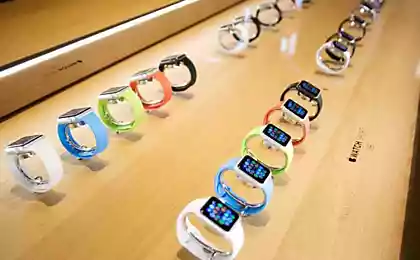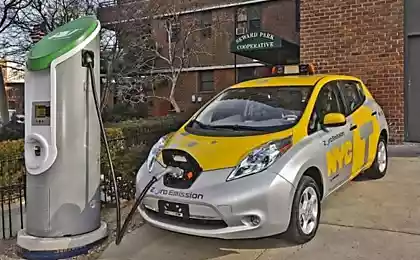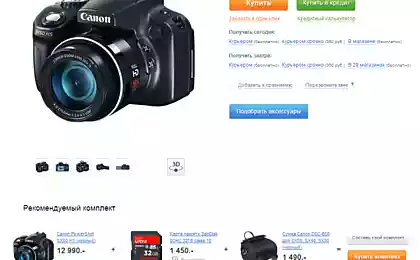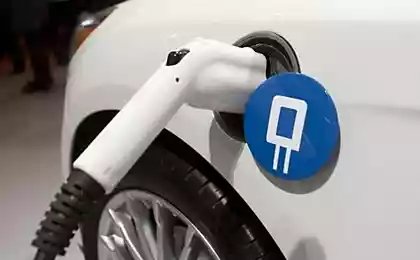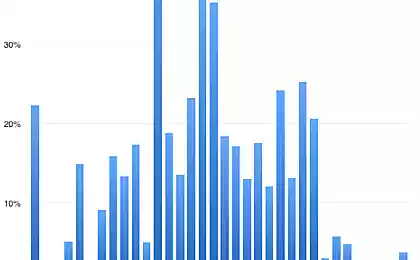2017
Relevant whether classical sales funnel?
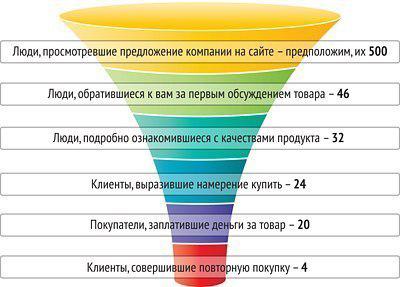
Sales funnel are supposed to visualize as marketing leads, in fact, to sales. It is convenient to show the activity in social networks can lead to sales (in other words: the growth of awareness → purchase / order → loyalty). But this is a very old model (though comfortable). In the past decade, patterns of behavior in relation to shopping have changed. Changed so that the body of classical sales funnel to "no".
Relevant whether classical sales funnel? Sales funnel based on the theory that the consumer srednestatichesky (alas, this terrible word can not be avoided) begins its journey "from above" and in the process reaches the "bottom". But unless we go all the way linearly? Where truer this scenario: start over, missed a couple of levels, then went back to the top again, "lose", then suddenly bought a product or service ordered. Simply put, sometimes our virtual interaction with the brand leads to purchase, and sometimes not. Sometimes the "Like" - it's just a "Like". I think that the assumption that a large percentage of clients goes way indicated by the classical sales funnel, is fundamentally wrong. One of my favorite exercises - to simulate the path that leads to conversion. It is necessary to look at him, as everything becomes clear. A potential customer can come from anywhere on our site, but let's say he went to some post on our blog on the link published in any tweet. So he went and read the post. Will he make a booking with us? There is probably no. After some time, the same people something through Google and search hits the article posted on our website. So, he came out of the search and read the article. Will he make a booking with us? There is probably no. It took several months, during which this particular potential client does not visit our website, but then suddenly sees the chronicle Facebook, that his friend to share our content. He again visited our website, and then reverts to the blog and read some post. Then he suddenly notices that we have a subscription to the newsletter and decides to subscribe. But he does not make the order. Until the next interaction may take several months. The bottom line is that we can be found through search links in tweets, posts on Facebook and Google+, viewing videos on YouTube and Vimeo, in Formsping, Last.fm and so on. D., But never become a customer . At what stage in the sales funnel is the potential customer? If we want all visitors to "conduct" through the sales funnel, it is more similar to the situation when the baby finds the ripples in the pool. Counting laps will not make a child a good swimmer. That's about it, and you should consider for your leisure.
Distractions - №1 barrier in the process of selling
It is clear that the behavior of people in general are not very amenable to decrypt. But what we can say for sure: distraction on the way to buy ... distracted, in fact, from making a purchase (pardon the pun). Not to recall the Google video about online shopping in the real world. We are distracted and failover. Just stop to read an article that led us to the site. Move somewhere else and not the fact that ever come back to this site. We are meticulous approach to purchasing and other agreements. Our opinion may change completely due to new information and experiences. We often make a purchase, or at least goods orders, impulsively. Often, people something interested and looking for information on this, go to the site and can not find enough arguments to make the order, then he leaves the site and its attention shifts to something else. Maybe someday will make a second attempt to find information about a product X, and maybe not. Nobody likes to wait for what we are looking for should be right now (there are exceptions - usually the most expensive things, real estate, etc.).
Whether to ask a question about the sales funnel?
If you have provided all relevant information about the product or service, conditions of purchase and delivery to the site - it can accelerate the sales process. If not, you're missing customers every day (just analyzing the numbers and through the site). People are lazy, if the buying process requires some effort, we are likely to postpone it to "when will the time." When we have more time, we can better explore the topic - Read reviews, compare products, terms of sale and delivery, ask some friends. All this means that potential customers can easily "lost».
Puncture web analytics.
It is difficult to fix the correct path to conversion, if only appear online resources. If you have to rely only on Google Analytics, you can know exactly how potential customers to interact with your site for the first time and even on the eve of the purchase, but you do not know what happened between. Most marketers can not assess the effectiveness of the published content because they believe that it is not "advertising campaign." Why do not we try to analyze the entire campaign? After all, if we want to analyze customer behavior, we need to capture data on each "tachpointe" (at least online).
Bottomless reports
Let's say you already have a system which analyzes each interaction with the site. You can trace the path to conversion? You can predict what the sequence of your actions will lead to sales? Do you know what kind of a sequence of actions to increase the percentage of conversions that you can optimize the performance? No. Reports, both online and offline - are still in the development stage. For some reason, we're still trying to separate marketing from sales, but the report should be shared. We have excellent tools - from web analytics to CRM, but few companies have found it possible to combine them. The problem is that we often insufficient data for deeper analysis. All customers anyway go through the same stages of the process to make a purchase. They may fall and fall out of the crater at different stages, but we can still focus their attention on how to optimize their way from one stage to another. But we must understand that we are modeling the process of making a purchase - not the behavior and habits of real people. As an option, the new model to replace the sales funnel does not look like a funnel. She probably looks like a chain of neural connections that form the nervous system. Allow neurons to process information - to respond to it chemically, physically and emotionally. Likewise, you can illustrate where we are and in what ways customers can achieve conversion. So we see that the path to purchase is not linear. This network "tachpointov" - situations in which we take a point of view or opinion forming, and the opportunities that we accept or discarded. If we fix the data so surely some of the ways to achieve the conversion will be brighter than the other - they will be more effective than others. Also, this scheme will identify "black holes" - where we lose most of the potential customers.









